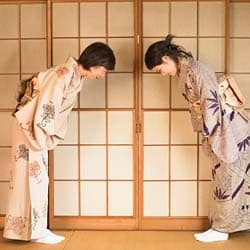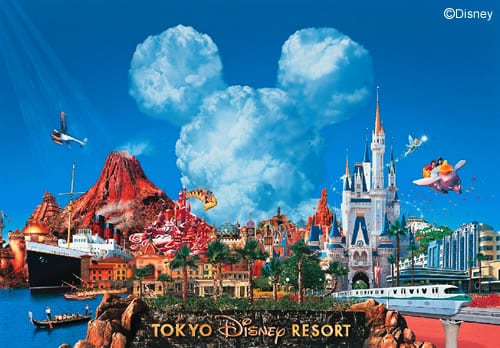The Basics
- Japan is an island nation located in East Asia – it has about 3,000 islands!
- There are about 128 million people who
- live in Japan, and it has the second highest GDP in the world
- Technically, there are no official languages, but Japanese dialects are most commonly spoken
A Brief History
- Occupation of Japan began in 30,000 BC
- It wasn’t until around the 8th century when a strong Japanese nation state emerged
- In the Medieval Period, the Samurai emerged as a powerful warrior
- In the 16th century, Jesuit missionaries reached Japan and established a relationship between Japan and the West
- The early 20th century saw the expansion and militarization of Japan
- During WWI, Japan was on the side of the allies, enabling it to expand its influence and territories
- During WWII (1941), Japan famously attacked Pearl Harbor in the USA (Hawaii), forcing the States to enter the war
- In 1945, the USA dropped the atomic bomb on Hiroshima and Nagasaki, forcing the Japanese to surrender
- In 1956, Japan was granted membership in the United Nations
Religion
- The main religion in Japan is Buddhism
- “The teaching of Buddha that life is permeated with suffering caused by desire, that suffering ceases when desire ceases, and that enlightenment obtained through right conduct, wisdom, and meditation releases one from desire, suffering, and rebirth.”
Culture and Customs
- The Japanese are famous for their artwork, particularly paintings and sculptures

- Gardens in Japan have the same importance/status as a work of art
- The Japanese wear kimonos, which means “something one wears”. A popular figure that has emerged from this is the Geisha – a female entertainer who wears this traditional dress
- Judo is a popular martial art that developed out of Japan
- Anime and Manga are two popular forms of entertainment that also developed out of Japan
- The Japanese Tea Ceremony, popular in Japan, is when green tea is served ceremonially to others
- Here are a few more important customs:
- -Bowing
- -Eating all the food on your plate
- -Obento (boxed meals) are very important
- -Chopsticks!
- -Take your shoes off in a home and wear
- slippers
- -Instead of saying goodbye, say something about
- A wish to meet again
Physical Environment
- 70-80% of the country is forested, mountainous, and unsuitable for agriculture
- Japan is prone to earthquakes and tsunamis, because of its proximity to the Pacific Ring of Fire
- The climate is temperate, but does vary north to south
- May to July is the rainy season in Japan
- Japan is home to many environmentally-friendly technologies, especially hybrid cars
- Japan was the host of the Kyoto Protocol (named after a Japanese city)
Urban Cities
Tokyo
- Tokyo is home to the government and royal family
- The metropolitan area has 35 million people – the largest in the world!
- The architecture is mostly modern because the city suffered extensive damage during WWII
- Tokyo is considered one of the financial centres of the world
- Public transportation is fast, clean, and efficient – but very busy!
Hiroshima
- Hiroshima has become famous because of the atomic bomb dropped by the USA
- The population (metropolitan area) is around 2.1 million people
- It is home to many professional sports teams
- Public transportation is provided by a streetcar system
Tourism
- Japan receives around 8 million visitors a year
- Attractions include the city of Tokyo and Mount Fuji; avid skiers also embark on Japan because of its numerous resorts
- Tokyo Disneyland is a popular attraction for children!
- Extensive rail networks and domestic flights allows speedy transport around the country
- For more info, visit the Japan National


